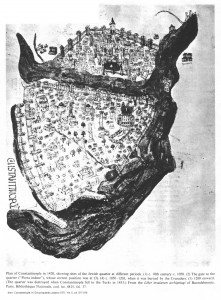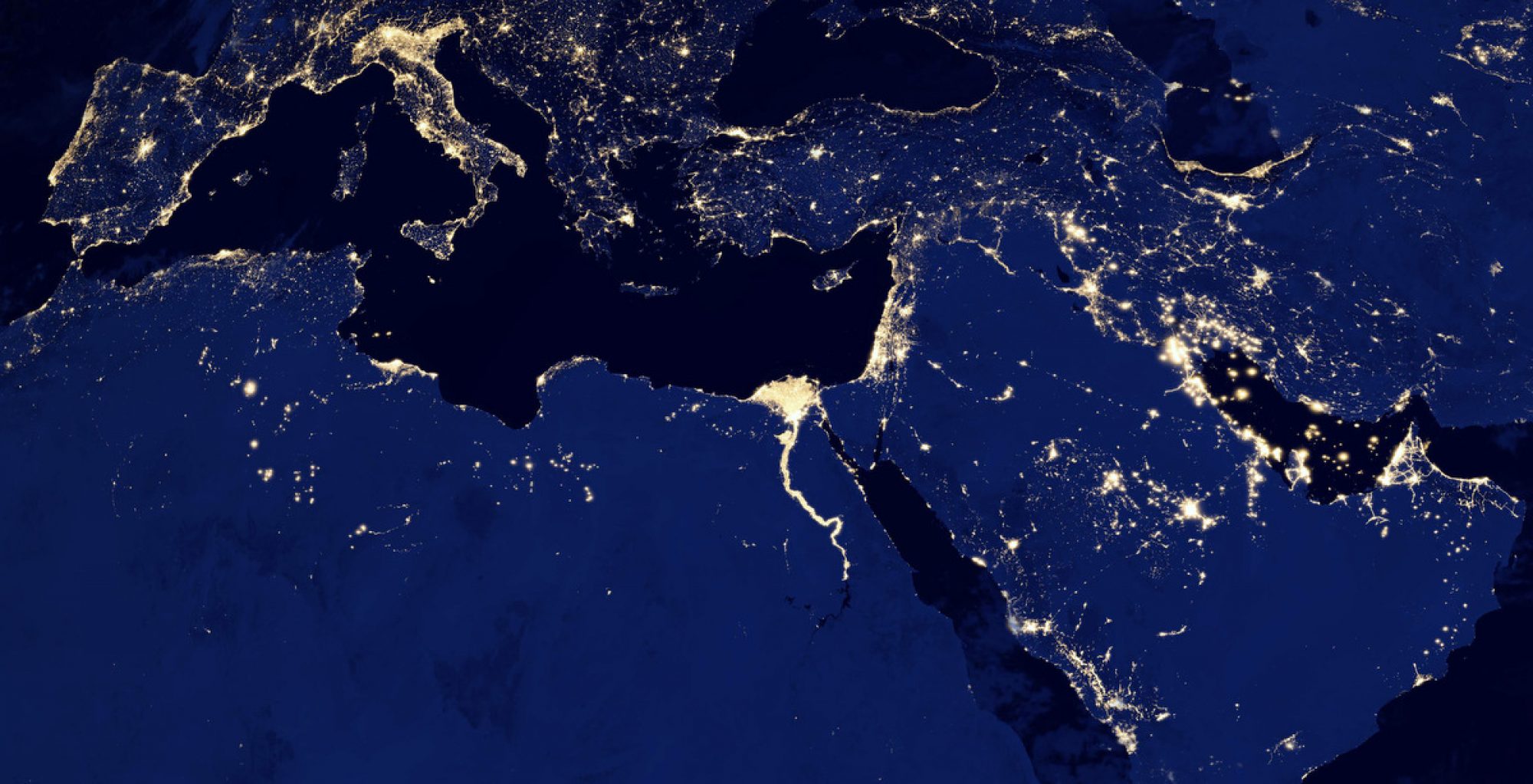Already in the days of the definition of E-V22 by for example Cruciani (2007), we see that- compared to other related Y-DNA E, haplotype E-V22 has a large spread c.q. sprawl, see b:

The spread of E-V22 descendants reaches a wide span. It’s like a T zone.
Vertical: Egypt and the Southern Levant in the centre and Southwards to Horn of Africa. This is the oldest spread with the highest percentages up to 88% of the Saho in Eritrea.
Horizontal: From Portugal in the west till Pakistan in the East, modest or low percentages around 5% (but mostly beneath).

After the early spread from the Southern Levant into the Arabic Peninsula and North East Africa we ain’t see nothing yet, because what followed was a nomadic E-V22 spread on a real global scale!
To mention some headlines in the possible spread:
*Neolithic spread to Europe (c. 8400 YBP– c. 7500 YBP).
“For the Mediterranean area I see a similar development. Paschou (2014) stated that a “maritime coastal route was mainly used for the migration of Neolithic farmers to Europe”. In other words, there was a certain kind of island and coastal hopping of Neolithic colonist.

Followed by Voskarides (2016): “E-V22 and E-M34 are common in the Southern Levant, Sicily, Algeria, and in Egypt and rare in Europe. These lineages, like J2b-M205, could mirror a Pottery Neolithic movement to Cyprus from the Southern Levant (Pearson R 2 coefficient of correlation of E- M34 to longitude: 0.164, p = 0.003)”
Ilustration: E-V22 in Europe Vincenzo Passariello (2015)

*Phoenicia (core in Southern Levant, hight in 1200 BC-300 BC) with stretched through the whole Mediterranean area, and especially connected with for example Sicily (4,58% E-V22 with some specific subclades).

* The Land of Magan (Emirates, Oman area, 2300 BCE-550 BCE) was a trading-seafaring civilization, and deliverer of copper and diorite, with contacts into the Indus Valley and Mespotamia.

The majority of the UAE M78 representatives belong to the E3b1a3-V22 clade (6.7%)…ts dispersal may have occurred early, the first to spread the E3b1a-M78 chromosomes to North Africa and then the Near East.” E-V22 in the Arabic Peninsula is mostly characterized by the subbranche E-L674.
*The Roman Empire (27 BC – 476 AD) was a real shake up in which people from the Levant, Egypt and Arabic Peninsula ended up among the Limes in for example West-Germany, Netherlands up to York North England. We saw Isis Temples en references in Londen, York, Cologne and Mainz. John Troeng even states: ‘Nabateans that served in the Roman army probably reorganized the society in Denmark and introduced the runic script there ca. 200 AD.’ We don’t know if this was the case, nevertheless it indicates the impact of circulation of people also from the E-V22 heartland towards large parts of Europe.
Isis Temple in Mainz (Germany) (Livius.org)

*The Jewish diaspora which most probably is responsible for some subclades in for example Poland or the Ukraine.
In several ways the Jewish diaspora could also play a part of the spread of E-V22. The Levis tribe of the Samaritans is an example of E-V22 rooted in the Levant. There were also (large) Jewish communities in Alexandria (Nile Delta) and also in Elephantine (Nubia).
Constantinople was also a Jewish stronghold; the Jewish community of Kiev is in a certain way derived from the Constantinople Jewish Community. Through Kiev Jewish E-V22 is spread into Eastern and central/western Europe (Ashkenazim).
Picture: old Jewish area in Constantinople

And last but not least most probably
* The Silk Road (?) is responsible for some unique Chinese E-V22 lines.

E-V22 global nomads
This results in E-V22 lines that nowadays show up from Ireland, Friesland in outmost NW Europe to China in the fare East. Even in Dutch cheeseheads like me. We see here like in other parts of NW Europa that E-V22 are white ravens, only connected on a very early E-V22 level. So in fact a few lost offshoots of a global nomadic E-V22 expansion!
Overall references:
- Old page collecting data on E-V22.
- Yfull page on E-V22
- Population density in Egypt
- Population history of Egypt in wikipedia.

